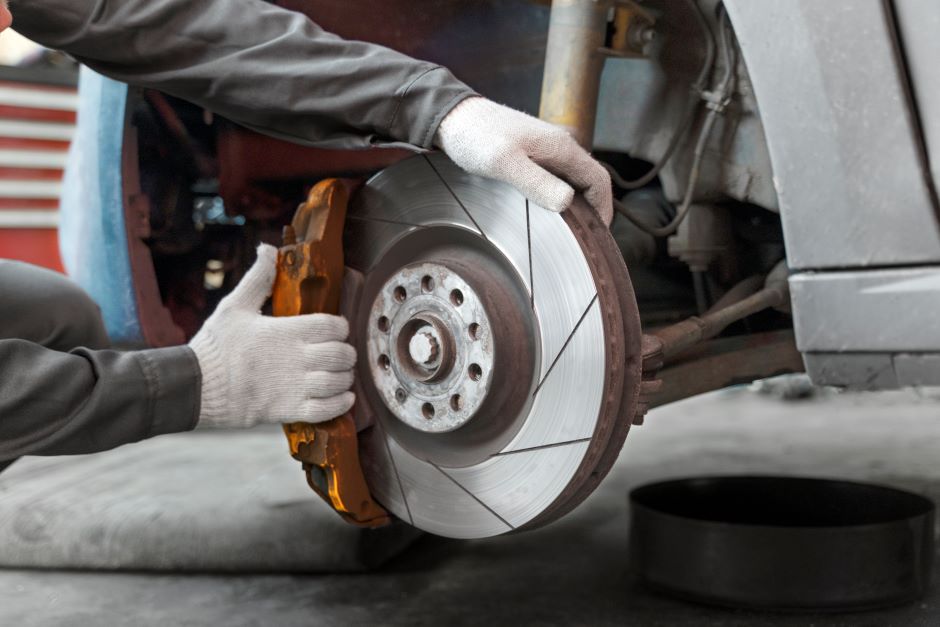

When it comes to vehicle safety and driving comfort, wheel
alignment and balancing is one of the most critical maintenance procedures. In
this article, we will discuss in detail why wheel alignment and balancing is so
important and aspects that should not be neglected.
Wheel alignment and balancing is the process of adjusting
the wheels' angular relationships both around their own axes and with each
other. This adjustment ensures that the vehicle travels in a straight line and
that the wheels contact the road at the correct angle.
1. Tire Life
- Improper wheel alignment leads to irregular tire wear
- Your tires' lifespan shortens and you face unexpected
expenses
- Regular alignment can extend tire life by 20-30%
2. Fuel Consumption
- Poor wheel alignment increases vehicle resistance
- Leads to excessive fuel consumption
- Proper alignment helps you save fuel
3. Driving Safety
- Proper wheel alignment ensures stable vehicle movement
- Improved steering control
- Shorter braking distance
- Better cornering ability
- Every 15,000-20,000 km
- After hitting a curb
- When you feel steering vibration
- When you notice irregular tire wear
- If your vehicle pulls to one side
1. Steering wheel vibration
2. Irregular vehicle swaying
3. Uneven tire wear
4. Steering wheel off-center
5. Unstable behavior in corners
Wheel alignment and balancing is not just a maintenance
procedure but also an important investment for your safety and budget. With
regular checks and timely adjustments, you will:
- Experience safer driving
- Save fuel
- Extend tire life
- Prevent unexpected breakdowns and expenses
Regular checking of your vehicle's wheel alignment and
balancing will provide you with both financial and safety benefits in the long
run.
Remember: Don't neglect wheel alignment and balancing
for a good driving experience and safe journey!